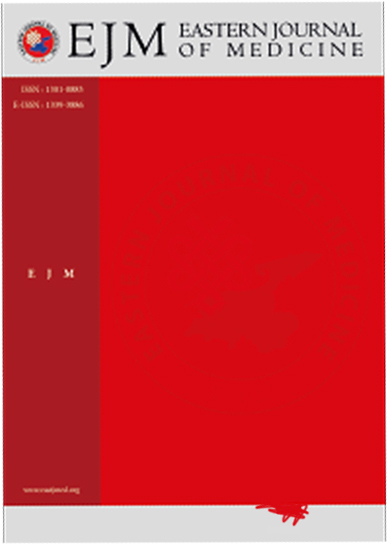Correlation of Cervical Smear Cytology and Histopathology Findings from Van Yüzüncü Yıl University Dursun Odabaş Medical Center in Turkey
Feyza Demir, Remzi Erten, ibrahim Aras, İrfan BayramDepartment Of Medical Pathology, Faculty Of Medicine, Van Yüzüncü Yıl University, Van, TurkeyINTRODUCTION: Papanicolaou cytology (Pap smear) is a screening technique recommended by World Health Organization (WHO), commonly used in the detection of precancerous lesions. This study aimed to compare the Pap smear results and the subsequent biopsy results in 258 patients diagnosed in our clinic to analyse their false-positive and false-negative rates and to discuss the outcomes in light of literature.
METHODS: The study included Pap smear specimens archived for four years that had undergone histopatholojical diagnoses of cervical biopsy, conization, curettage, and/or histerectomy within the three months. In the retrospective analysis, cytological diagnosis and the histological diagnosis which had been established within the subsequent three months were compared and then the false-negative and false-positive rates were calculated.
RESULTS: In the cyto-histological comparison, the false-negative and false-positive rates independent of class ratio were 4,3% and 19%, respectively. The sensitivity, selectivity, positive and negative predictive values were 69%, 98%, 89% and 93%, respectively, excluding atypical classes of the cytologic diagnoses.
DISCUSSION AND CONCLUSION: As can be seen in our results, the correlation between Pap smear and biopsy results in our patients displayed an unignorable inconsistency although it was not remarkably different from those reported in the literature. Such discrepancies, which are likely to be detected in the cyto-histopathological studies around the world and do not attenuate the value of cervical cytology despite being unignorable, indicate the necessity of screening schemes involving the combined and effective use of different techniques such as Human papillomavirus (HPV) tests, repeated smear examinations, colposcopic examination, and biopsy in patients diagnosed by cervical cytology.
Manuscript Language: English














